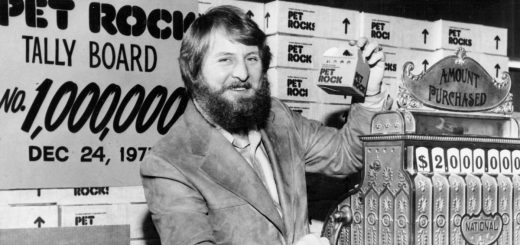Annotations: Timothy Geithner

This is our first article of Annotations: series. In this series, we will combine our gathered information from respected world-wide websites such as Wikipedia, Reuters, CNN etc. to provide footnotes for a news. In Brief, we take one news article, and combine it with profile, location and definition informations. Main idea of this project is the reality that everyone has time to read one article to fully understand a matter, but nobody has time to read 10 articles successively.
(This article is a combination of 8 Wikipedia articles, 1 Reuters news and 2 external information source.)
On November 21, 2008, it was reported President-elect Barack Obama will nominate Geithner to be Treasury Secretary:
“President-elect Barack Obama on Friday moved toward nominating Timothy Geithner as Treasury secretary and charging the respected head of the New York Federal Reserve with helping pull the United States out of an economic nosedive.” – Reuters.
U.S. stocks soared on the Geithner news, pushing major indices up more than 6 percent. The Dow Jones industrial average closed above 8,000.
Obama may consider Summers as a possible successor to Federal Reserve Chairman Ben Bernanke, whose term ends in January 2010, a Democratic source said.
is the 9th president of the Federal Reserve Bank of New York. In that role he also serves as Vice Chairman of the Federal Open Market Committee (FOMC).
Geithner was born in Brooklyn, New York City, to Mr. and Mrs. Peter F. Geithner of Larchmont, New York. He completed high school at International School Bangkok, Thailand, and then attended Dartmouth College, graduating with a B.A. (Bachelor of Arts) 1 in government and Asian studies in 1983. After, he obtained an M.A.2 in International Economics and East Asian Studies from Johns Hopkins University3‘s School of Advanced International Studies in 1985. He has studied Japanese and Chinese.
After completing his studies, Geithner worked for Kissinger 4 and Associates in Washington, D.C., for three years and then joined the International Affairs division of the U.S. Treasury Department 5 in 1988. He was deputy assistant secretary for international monetary and financial policy (1995-1996), senior deputy assistant secretary for international affairs (1996-1997), assistant secretary for international affairs (1997-1998).
He was Under Secretary of the Treasury for International Affairs (1998-2001) under Treasury Secretaries Robert Rubin and Lawrence Summers.
In 2002 he left the Treasury to join the Council on Foreign Relations 6 as a Senior Fellow in the International Economics department. At the International Monetary Fund he was director of the Policy Development and Review Department (2001-2003) until named president of the Federal Reserve Bank of New York 7 in November 20, 2003. In that role he arranged the March 2008 rescue and sale of Bear Stearns 8.
In 2006 he became a member of the influential Washington-based financial advisory body, the Group of Thirty (G30) 9.
Annotations
1: Bachelor of Arts (Latin: Artium Baccalaureus) is an undergraduate bachelor’s degree awarded for either a course or a program in the liberal arts or the sciences, or both.
2: A Master of Arts (Latin: Magister Artium) is a postgraduate academic master degree awarded by universities in many countries. The degree is typically studied for in Fine Art, Humanities, Social Science or Theology and can be either fully-taught, research-based, or a combination of the two.
3: The Johns Hopkins University, commonly referred to as Hopkins or JHU, is a private American university based in Baltimore, Maryland. Its undergraduate studies program is one of the top ranked in the world.
4: Henry Alfred Kissinger is a German-born American bureaucrat, diplomat, and 1973 Nobel Peace Prize laureate. He played a dominant role in United States foreign policy between 1969 and 1977.
5: The Department of the Treasury is an executive department and the treasury of the United States federal government. The Department is administered by the Secretary of the Treasury, who is a member of the Cabinet. The first Secretary of the Treasury was Alexander Hamilton.
6: The Council on Foreign Relations (CFR) is an American nonpartisan foreign policy membership organization founded in 1921.
7: The Federal Reserve Bank of New York is one of the twelve Federal Reserve Banks of the United States. It is responsible for the Second District of the Federal Reserve System, which encompasses New York state, the 12 northern counties of New Jersey, Fairfield County in Connecticut, Puerto Rico and the Virgin Islands.
8:The Bear Stearns Companies, Inc.,was one of the largest global investment banks and securities trading and brokerage firms prior to its sale to JPMorgan Chase in 2008. The main business areas were: capital markets, wealth management and global clearing services. Beginning in 2007, the company was badly damaged by the subprime mortgage crisis. In March 2008, the Federal Reserve Bank of New York provided an emergency loan to try to avert a sudden collapse of the company.
9: The Group of Thirty, established in 1978, is a private, nonprofit, international body composed of very senior representatives of the private and public sectors and academia.



